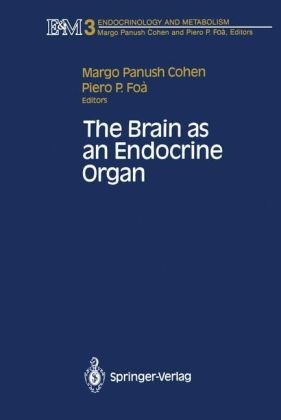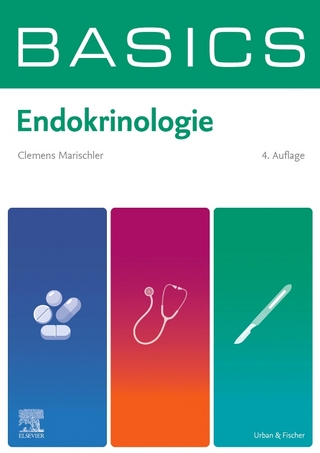
The Brain as an Endocrine Organ
Springer-Verlag New York Inc.
978-0-387-96644-1 (ISBN)
- Titel ist leider vergriffen;
keine Neuauflage - Artikel merken
1. Gonadotropin Releasing Hormones: Physiopathology and Clinical Applications.- Chemical and Biologic Properties of GnRH.- Physiology of GnRH.- Abnormal GnRH Secretion.- Clinical Applications of GnRH and of Its Analogs.- Conclusions.- 2. Corticotropin-Releasing Factors.- Historical Perspectives.- Corticotropin-Releasing Factors.- Tissue Distribution of CRH.- CRH in Blood and CSF.- CRH Receptors.- Administration of Exogenous CRH.- Conclusions.- 3. The Neurobiology of Anorexia Nervosa: An Auto-Addiction?.- Overview of Anorexia Nervosa.- The Auto-Addiction Opioid Hypothesis.- Summary.- 4. The Pineal and Its Indole Products: Basic Aspects and Clinical Applications.- Anatomic Connections of the Visual System with the Pineal Gland.- Transynaptic Regulation of Pineal Indoleamine Metabolism.- Pineal Serotonin Metabolism.- Factors Influencing Pineal and Plasma Melatonin Levels.- Melatonin in Other Body Fluids.- Final Comment.- 5. Neuropeptides and Glucose Metabolism.- History.- Neuropeptides and Changes in Blood Glucose Levels.- Clinical Implications of Hyperglycemic Neuropeptides.- Summary and Conclusions.- 6. Feedback Regulation of Growth Hormone Secretion.- Regulation of GH Secretion.- Receptors for Insulin, IGF-I, and IGF-II in the Pituitary.- Feedback Regulation of GH by IGF-I.- Pituitary IGF-I.- Conclusion.- 7. Brain Adenosine and Purinergic Modulation of Central Nervous System Excitability.- Release of Adenosine and ATP.- Inactivation of Released Purines.- Binding of Ligands to Purinergic Receptors.- Localization of Adenosine Receptors.- Adenosine Actions at the Cellular Level.- Behavioral Actions of Adenosine.- Neuroendocrine Effects of Adenosine.- Conclusions.
| Reihe/Serie | Universitext ; 3 |
|---|---|
| Zusatzinfo | Bibliography |
| Verlagsort | New York, NY |
| Sprache | englisch |
| Gewicht | 545 g |
| Themenwelt | Medizin / Pharmazie ► Medizinische Fachgebiete ► Gynäkologie / Geburtshilfe |
| Medizinische Fachgebiete ► Innere Medizin ► Endokrinologie | |
| Medizin / Pharmazie ► Medizinische Fachgebiete ► Neurologie | |
| Medizin / Pharmazie ► Medizinische Fachgebiete ► Psychiatrie / Psychotherapie | |
| Studium ► 1. Studienabschnitt (Vorklinik) ► Biochemie / Molekularbiologie | |
| ISBN-10 | 0-387-96644-7 / 0387966447 |
| ISBN-13 | 978-0-387-96644-1 / 9780387966441 |
| Zustand | Neuware |
| Haben Sie eine Frage zum Produkt? |
aus dem Bereich


